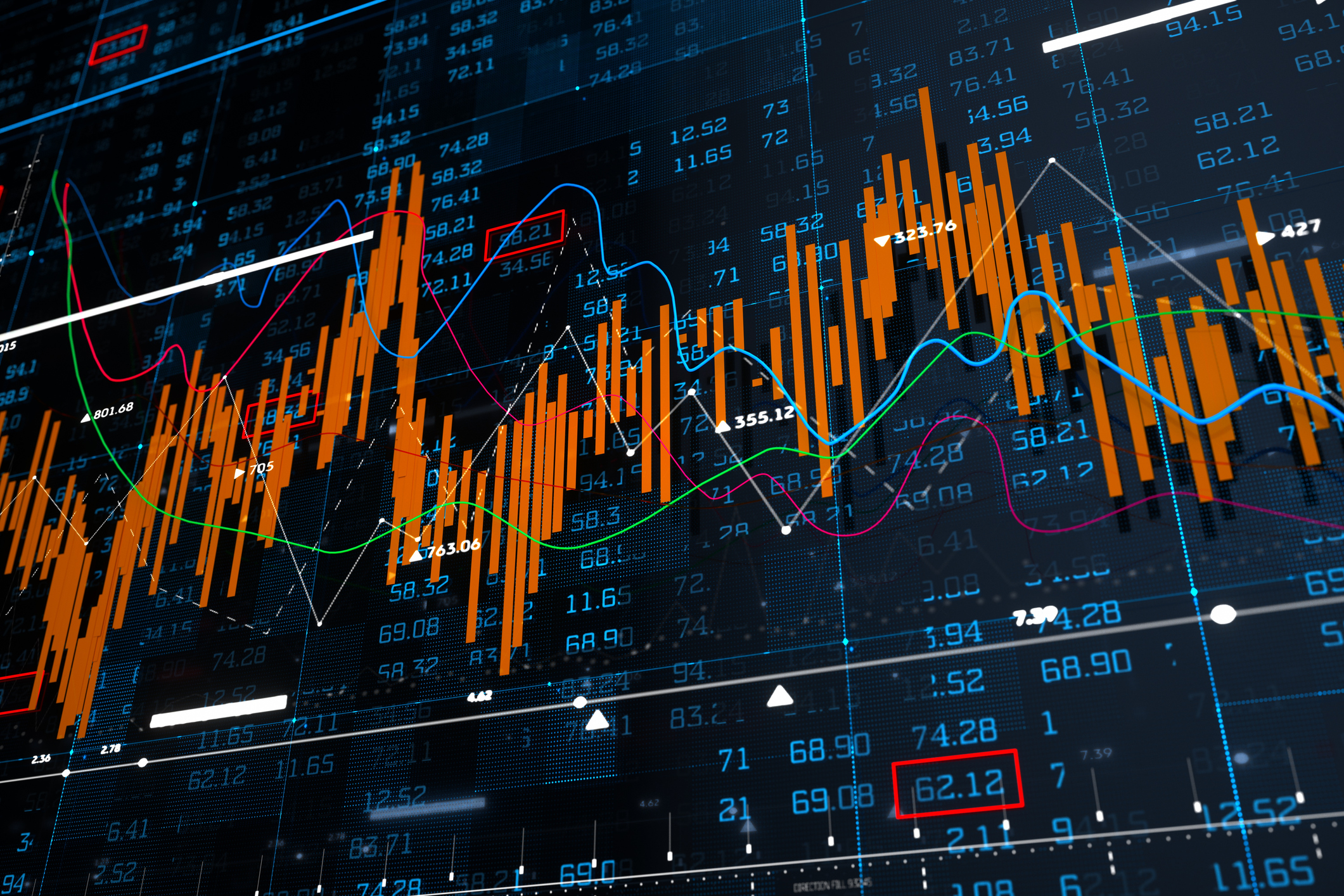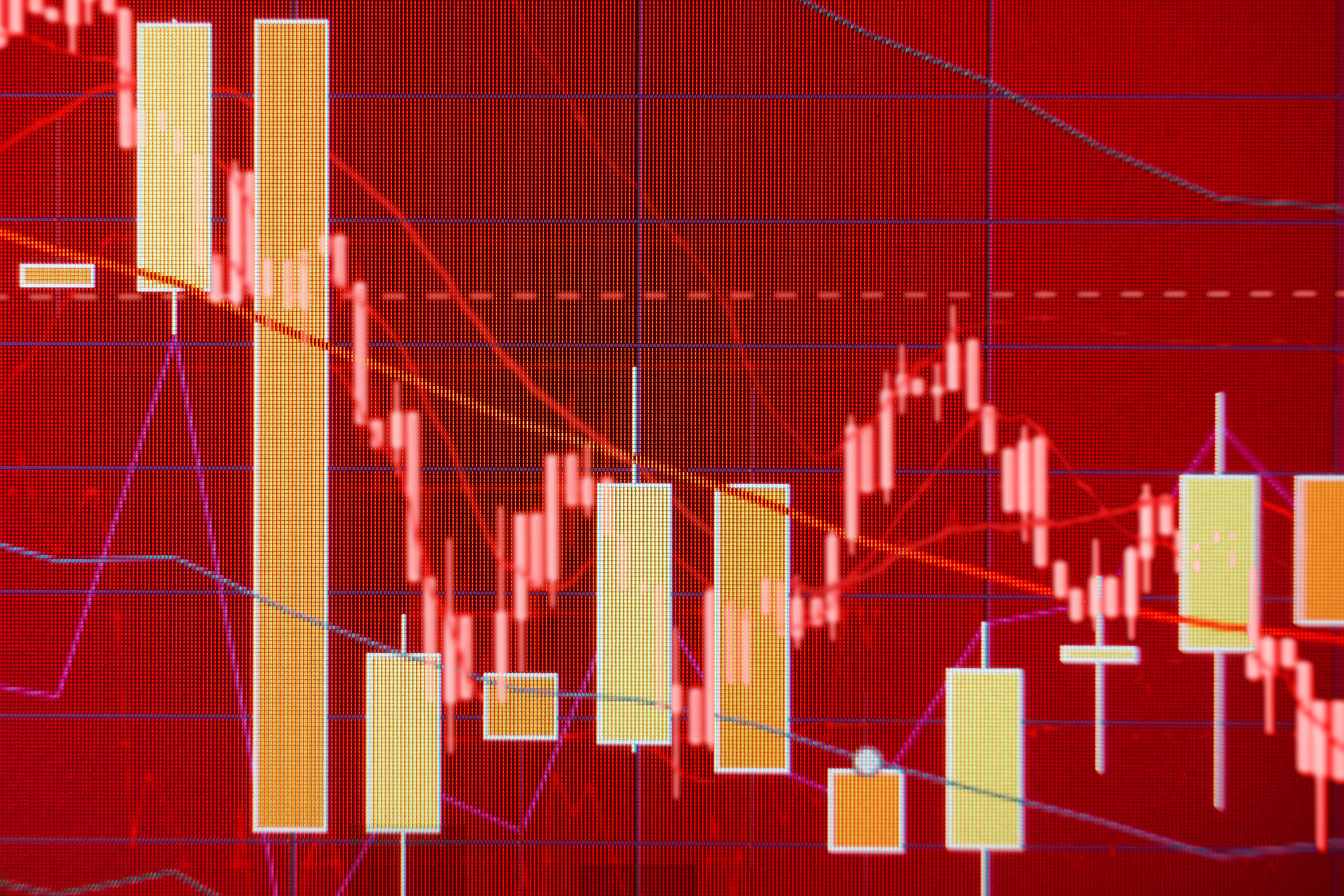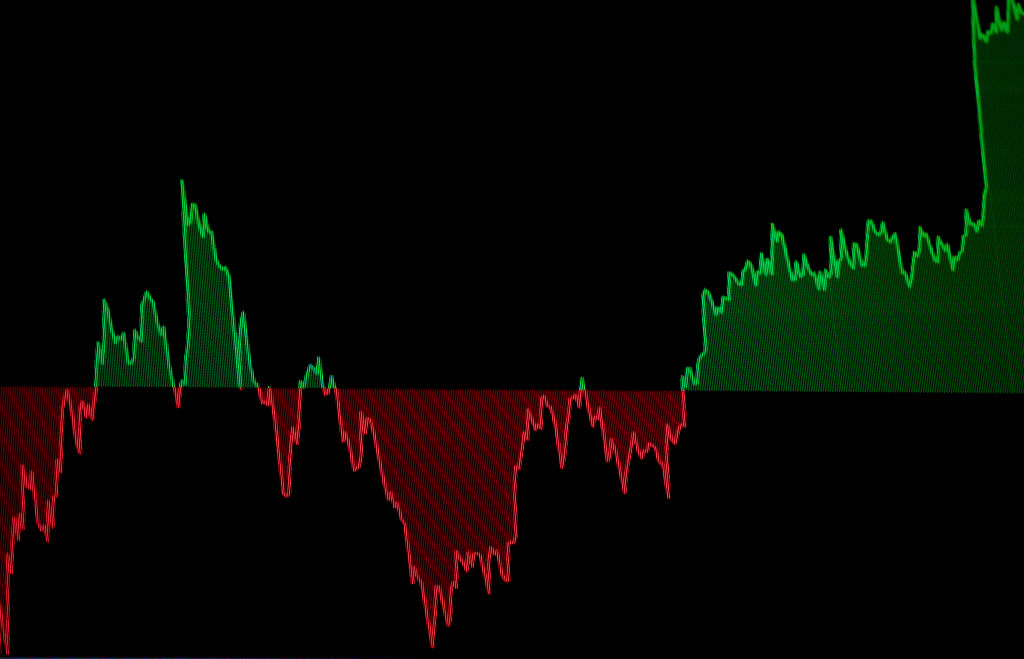The Case for Investing in High-Quality Stocks
These shares tend to outperform low-quality stocks and the broader market—especially during downturns.

It turns out you can put a price on quality. A study finds that high-quality stocks beat lower-quality issues over the long term. What's more, high quality tends to do best when you really need it: in bear markets. Even better, the study concludes that high-quality stocks are cheap right now.
The Leuthold Group, a Minneapolis-based research firm, found that high-quality stocks returned an annualized 13.1% from the start of 1986 through March 2014. By contrast, low-quality stocks returned an annualized 10.0% over the same period, and Standard & Poor's 500-stock index returned an average of 10.6% per year.
What's "high quality"? Like so many investment terms, it suffers from imprecision. Almost everyone seems to define high-quality companies slightly differently, but healthy profit margins and low debt are always common threads.
From just $107.88 $24.99 for Kiplinger Personal Finance
Become a smarter, better informed investor. Subscribe from just $107.88 $24.99, plus get up to 4 Special Issues

Sign up for Kiplinger’s Free Newsletters
Profit and prosper with the best of expert advice on investing, taxes, retirement, personal finance and more - straight to your e-mail.
Profit and prosper with the best of expert advice - straight to your e-mail.
Leuthold's current high-quality list includes such sturdy stocks as Apple (symbol AAPL), Berkshire Hathaway B (BRK.B), Costco (COST), Colgate-Palmolive (CL), ExxonMobil (XOM), UnitedHealth Group (UNH) and Whole Foods Market (WFM).
High quality doesn't win out every year. Far from it. High-quality stocks outperformed low-quality names in 16 of the past 28 calendar years, Leuthold found. Analyst Jun Zhu, who conducted the study, says that's not much better than the result you'd get by flipping a coin.
But quality has been a friend in stormy seas. In 2008, for instance, when the S&P 500 plunged 37.0%, low-quality stocks plummeted 49.4%. High-quality stocks were hardly unscathed, but they lost only 33.7%.
The 2000 tech explosion provides an even more dramatic contrast. Low-quality stocks tumbled 17.8% and the S&P lost 9.1% that year. Yet high-quality stocks gained 13.0%.
Leuthold categorizes companies as high quality or low quality based on return on equity (a measure of profitability), the ratio of debt to assets, and the stability of sales and earnings trends.
Leuthold finds high-quality stocks relatively cheap today compared with low-quality stocks. Based on price-earnings ratios, high-quality stocks are about 10% cheaper compared with low-quality stocks than their average over the past 28 years.
Generally speaking, it's easy to identify high-quality stocks. Just look for companies with healthy profit margins, low debt, and steadily growing earnings and sales. If you prefer to invest through a fund, rather than by buying individual stocks, here are three good choices:
Akre Focus (AKREX), managed by veteran Chuck Akre, invests in the highest-quality companies Akre and his analysts can find. He looks for sturdy firms with sustainable competitive advantages. Top holdings include American Tower (AMT), Discovery Communications (DISCK) and MasterCard (MA). Returns have been streaky but quite good over the long term at Akre Focus and a previous fund run in the same manner. During the past three years, Akre Focus, a member of the Kiplinger 25, has returned an annualized 20.9%—an average of 5.6 percentage points per year better than the S&P 500. Expenses are on the high side at 1.36% annually. (Unless otherwise stated, all returns are through May 28.)
Market Vectors Wide Moat ETF (MOAT) is an exchange-traded fund that invests in Morningstar's best picks from among companies its 100-plus analysts view as having big sustainable competitive advantages. Holdings include Baxter International (BAX), Coca-Cola (KO) and Procter & Gamble (PG). The fund is too new to have a meaningful record, but over the past five years an identically managed exchange-traded note has returned an annualized 20.2%, beating the S&P 500 by an average of 1.7 percentage points per year. The ETF's annual expense ratio is a reasonable 0.49%.
Vanguard Dividend Growth (VDIGX) invests in companies that are both willing and able to hike their dividends regularly. This is a blue-chip fund that tends to invest heavily in consumer and health care stocks. Current favorites include Johnson & Johnson (JNJ), McDonald's (MCD) and Merck (MRK). Over the past ten years, it has returned an annualized 9.2%, an average of 1.5 percentage point per year better than the S&P index. Expenses are just 0.31% annually. (The fund is a member of the Kiplinger 25.)
Steve Goldberg is an investment adviser in the Washington, D.C., area. He or his clients own shares in Apple, Berkshire Hathaway, Coca-Cola and Discovery.
Profit and prosper with the best of Kiplinger's advice on investing, taxes, retirement, personal finance and much more. Delivered daily. Enter your email in the box and click Sign Me Up.

-
 Vesting, Catch-Ups and Roths: The 401(k) Knowledge Quiz
Vesting, Catch-Ups and Roths: The 401(k) Knowledge QuizQuiz Test your understanding of key 401(k) concepts with our quick quiz.
-
 Why You Should Pay Attention to Company Guidance
Why You Should Pay Attention to Company GuidanceUnderstanding how corporate profit forecasts affect analysts’ estimates and stock ratings can help you make investment decisions.
-
 How to Protect Yourself and Others From a Troubled Adult Child
How to Protect Yourself and Others From a Troubled Adult ChildThis case of a violent adult son whose parents are in denial is an example of the extreme risks some parents face if they neglect essential safety precautions.
-
 Crypto Trends to Watch in 2026
Crypto Trends to Watch in 2026Cryptocurrency is still less than 20 years old, but it remains a fast-moving (and also maturing) market. Here are the crypto trends to watch for in 2026.
-
 Dow Slides 427 Points to Open December: Stock Market Today
Dow Slides 427 Points to Open December: Stock Market TodayThe final month of 2025 begins on a negative note after stocks ended November with a startling rally.
-
 Stocks Extend Win Streak on Black Friday: Stock Market Today
Stocks Extend Win Streak on Black Friday: Stock Market TodayThe main indexes notched wins in Friday's shortened session, with the blue-chip Dow Jones Industrial Average closing higher on the month.
-
 Why I Trust These Trillion-Dollar Stocks
Why I Trust These Trillion-Dollar StocksThe top-heavy nature of the S&P 500 should make any investor nervous, but there's still plenty to like in these trillion-dollar stocks.
-
 Dow Adds 314 Points to Thanksgiving Rally: Stock Market Today
Dow Adds 314 Points to Thanksgiving Rally: Stock Market TodayInvestors, traders and speculators enjoy the best Thanksgiving Week gains for the major stock market indexes in more than a decade.
-
 Dow Falls 557 Points to Start NVDA Week: Stock Market Today
Dow Falls 557 Points to Start NVDA Week: Stock Market TodayThe Oracle of Omaha saw growth and value in certain corners of the stock market during the third quarter.
-
 Dow Dives 797 Points as Government Opens: Stock Market Today
Dow Dives 797 Points as Government Opens: Stock Market TodayThe process of pricing and re-pricing realities old and new never stops, and next week promises to be at least as exciting as this week.
-
 Dow Climbs 327 Points, Crosses 48,000: Stock Market Today
Dow Climbs 327 Points, Crosses 48,000: Stock Market TodayMarkets are pricing the end of the longest government shutdown in history – and another solid set of quarterly earnings.